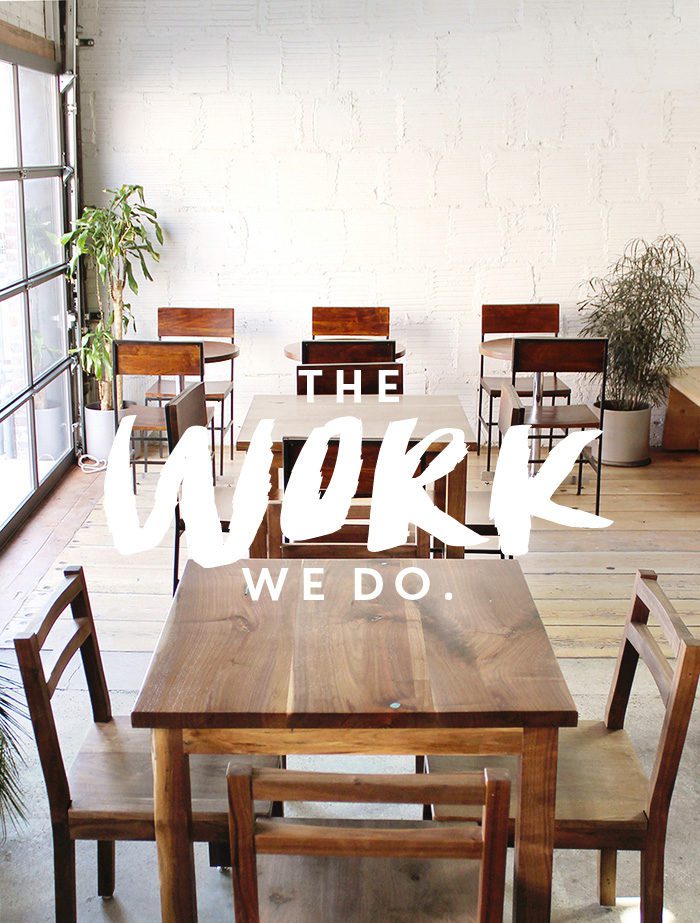
by Anna Smith of Annabode + Co.
“The Work We Do” is an interview series that asks those with daydream-worthy jobs how they got where they are—and what it’s like to live a day in their shoes. I’m so excited to feature Nick Shigouri of Shigouri Woodworking, who crafts one-of-a-kind custom furniture in Denver and Kansas City.
I first fell in love with Nick’s work when I stumbled upon Stowaway Coffee + Kitchen, for which he built the tables, chairs, booths, and light fixtures. It is still my favorite space in Denver, and one I always am drawn back to when designing my own home. When I reached out to Nick about replicating one of the restaurant’s tables for my home office, I was blown away by his kindness and generosity (he drove all the way from Kansas City to deliver it!). Nick is launching a new line of furniture this fall, and I couldn’t wait to interview him and learn a little more about his process—and the truly beautiful pieces he creates.
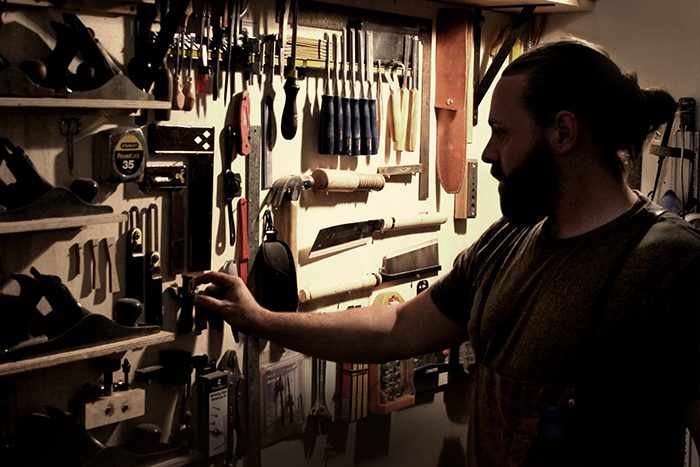
First off, your craftmanship is incredible! How did you get into woodworking? Did you study or train formally?
Thank you very much! Woodworking had always been an interest of mine. I began reading books about form and process and making things in my garage while I still worked a desk job. As I progressed, I became increasingly impatient with the speed of my development, so I pursued a formal education in woodworking at The Vermont Woodworking School in Cambridge, VT. The staff and students there are nothing short of wizards in their craft and the school undeniably brought my skills into a professional realm. My level of skill is something that will constantly improve throughout my career, and that fact definitely keeps me engaged in the art.
What inspired you to start your own business?
The initial inspiration came from my parents. I grew up in a small business; my mother owned a title registration business when I was young. My earliest memories are of going to work with her, running deliveries in the morning before the business would open and sitting on the front counter to greet customers as they came in. Owning my own business was something that seemed very natural to me. At the same time, I felt I had a unique vision on what my furniture was going to look like, and that I could best serve that vision working for myself.
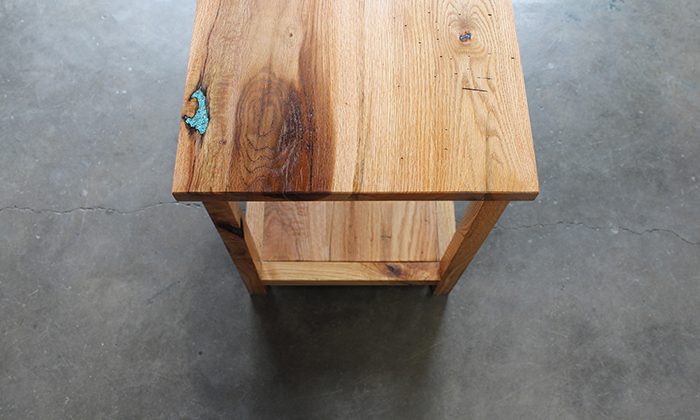
Your work seems to draw partly from Japanese design. What have been your major influences? What inspires you today?
Initially, I was very taken by the work of George Nakashima. This interest led me to learn all I could about traditional Japanese work. A lot of woodworkers illustrate a Japanese influence and I think it is because the work of the Japanese is so perfect. That said, I am excited to roll out a completely new life of work this fall. Though I love all my works, I felt that my canon was beginning to take on a slightly rote appearance. The new look will lean more Danish in style. Danish style still allows a work to illustrate the wood; the designs are simply more curved and less angular.
You were based for a while in Denver, but have since moved to Kansas City. What drew you out West?
In the summer of 2014, I was searching for a new home. I had driven up to Montana, all through Wyoming, and up and down the Western Slope of Colorado to no avail. On my way back to Kansas City, I met up with a friend in Denver who took me to an event which turned out to be the very first Denver Flea. I saw the caliber of product and presentation and knew that Denver was it for me. From that exact moment, I think another three weeks passed and I had moved to Denver. I loved everything about the city and fount it was easy to meet people. More than that, the community of woodworkers was extremely inviting and helpful.
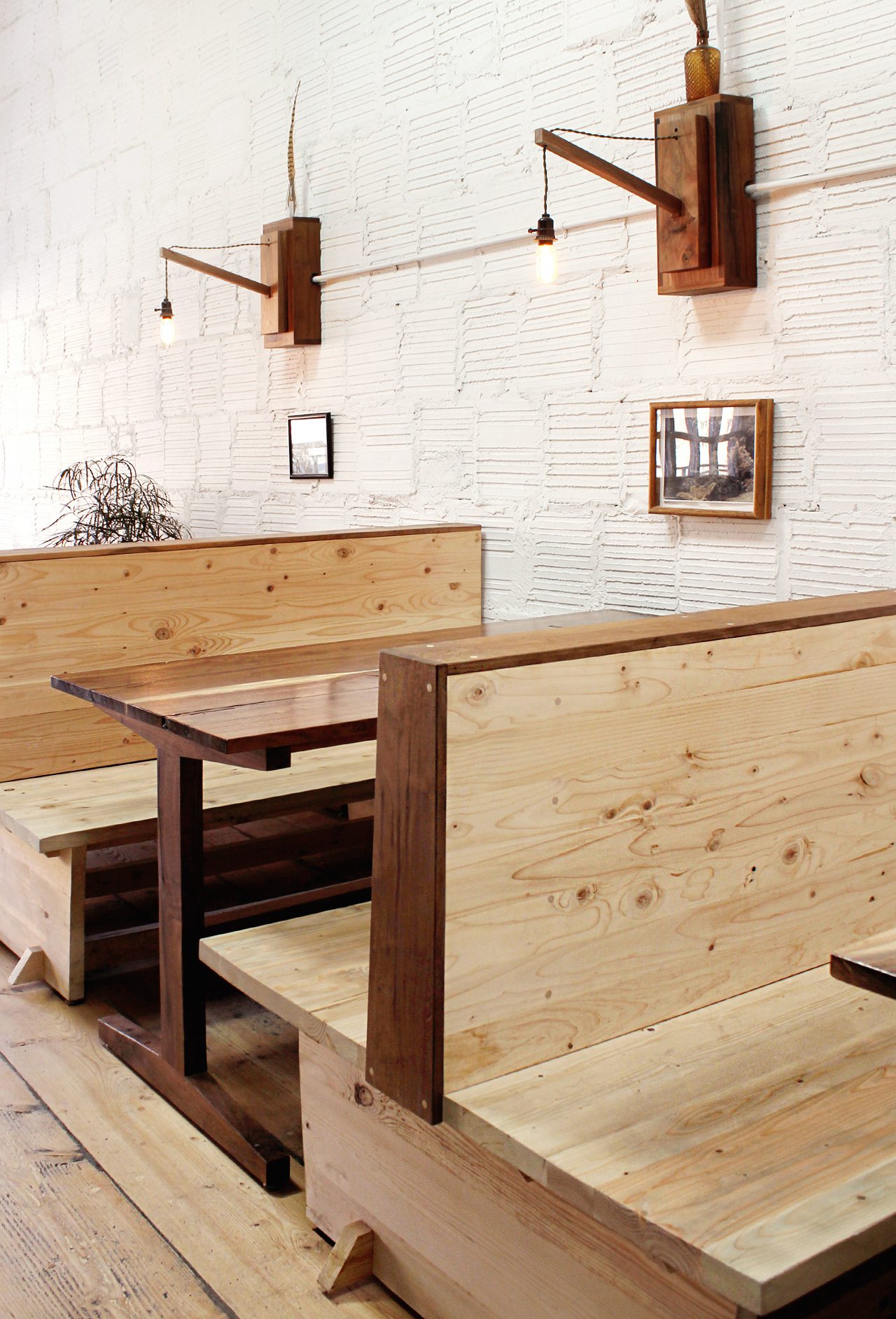
What does a typical day-in-the-life look like for you?
My days start off early with my dog, Teddy. First thing every morning, I get him exercised and fed. I usually read while I eat breakfast, and then I get started with work. I have between six and ten pieces going at any one time, all in various states of construction. From day to day, I work through each piece. If one is nearing completion, I will usually focus on that piece until it is finished. Around 4:00 pm, I take a short lunch break. After that, I clean my shop and dress and clean my equipment. I respond to emails in the early evening, and spend the remainder of most nights researching new designs and techniques.
What’s the most challenging aspect of being a creative entrepreneur?
In a generalized sense, all of it is challenging. Switching between job roles presents challenges, as every day I am a salesman, a mechanic, a designer, a shop foreman, an overland truck driver, etc.
Working for myself, I consistently run in to time management issues. It takes a long time for me to complete a piece. The process of bringing a piece from beginning to end has evolved dramatically for me over the years, but even today a sleepless run of three days prior to a delivery is commonplace. Though I am getting better with “letting go,” I still find myself laboring too long over, say, the finish on a table top. If I don’t like the way something looks, I will re-do it. I recently did this four separate times over two days, without sleeping, before I got what I was after. I think, too, these pieces become part of my own narrative, and I always have a bit of trouble giving them up. The metamorphosis a piece undergoes from the time I pick up rough lumber from a farm in Eastern Kansas, to the finished product is tremendous. Lacking an emotional tie to the product of such labor would be challenging for anyone.

What do you love most about doing what you do?
I know it sounds banal, but I truly love everything about what I do. Years ago, woodworking grabbed my attention in such a way that I now cannot imagine my life without it. If I were to choose a single aspect I love more than any other, it would be that my woodworking, at its best, couples a lasting and tangible permanence to the time I spend producing it.
Are there still things you’re learning as you go, or areas in your work that you hope to improve?
Every time I complete a piece, I will tell you “that is the best I have ever done.” I learn with every project and always want to expand my knowledge by trying new designs and ideas. Oftentimes, repeating the same inefficient practice over and over acts as a gateway to finding a better solution. Additionally, wood itself can be very unpredictable, especially because I use air-dried lumber. Air drying can make for more pronounced character and color, but it also tends to leave wood more unstable due to moisture content. This means things are, by nature, a little different every time.
Recently, I have started using AutoCAD for design renderings. Until now, all of my design work was done by hand in pencil. While I like the ritualized process of sketching by hand, integrating digital renders to my process have helped me immensely.
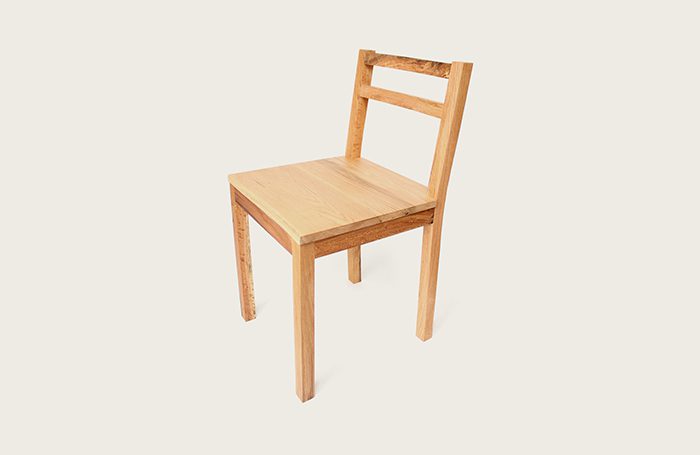
What advice would you give to someone hoping to do what you do?
I would strongly recommend attending a woodworking program somewhere—being able to watch someone demonstrate a technique in real time makes a big difference. Opportunities for apprenticeship are so few that schools serve an important role in developing skills.
I would also recommend having a product line in mind when starting your business. Early focus is important.
Lastly, wait on a great website, and research what aspects compose a great photo. It is astonishing how many people will traffic a website in a month, and in my opinion, that game needs to be airtight.

Any exciting projects on the horizon?
Yes! I am very anxious to get my new furniture line out. I am still putting the finishing touches on many of the pieces, but I am shooting for a launch the week of September 19th. This line will mark my first break from commissioned-only work, and I am really hopeful that it will bring me one step closer to my El Dorado—scalability. The new line is made to ship in artisan-grade crates, meaning it can ship anywhere. It will also offer size and material choices. Most importantly, it will all be available for purchase online.
Thank you, Nick—I can’t wait for the new line! If you’re in the Denver area, don’t miss Nick Shigouri of Shigouri Woodworking at the Renegade Craft Fair September 24th and 25th. Photographs by Chris Reynolds.
Anna Smith wants to live in a world where good design is accessible and affordable for everyone. An interior stylist based in Denver, Colorado, she creates modern homes for clients across the country through her firm Annabode + Co. When not buried in swatches and throw pillows, you can find her elbow-deep in renovations at her own fixer-upper. Work with Anna.




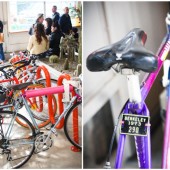
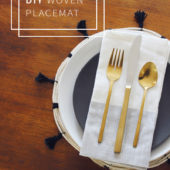
































4 Comments